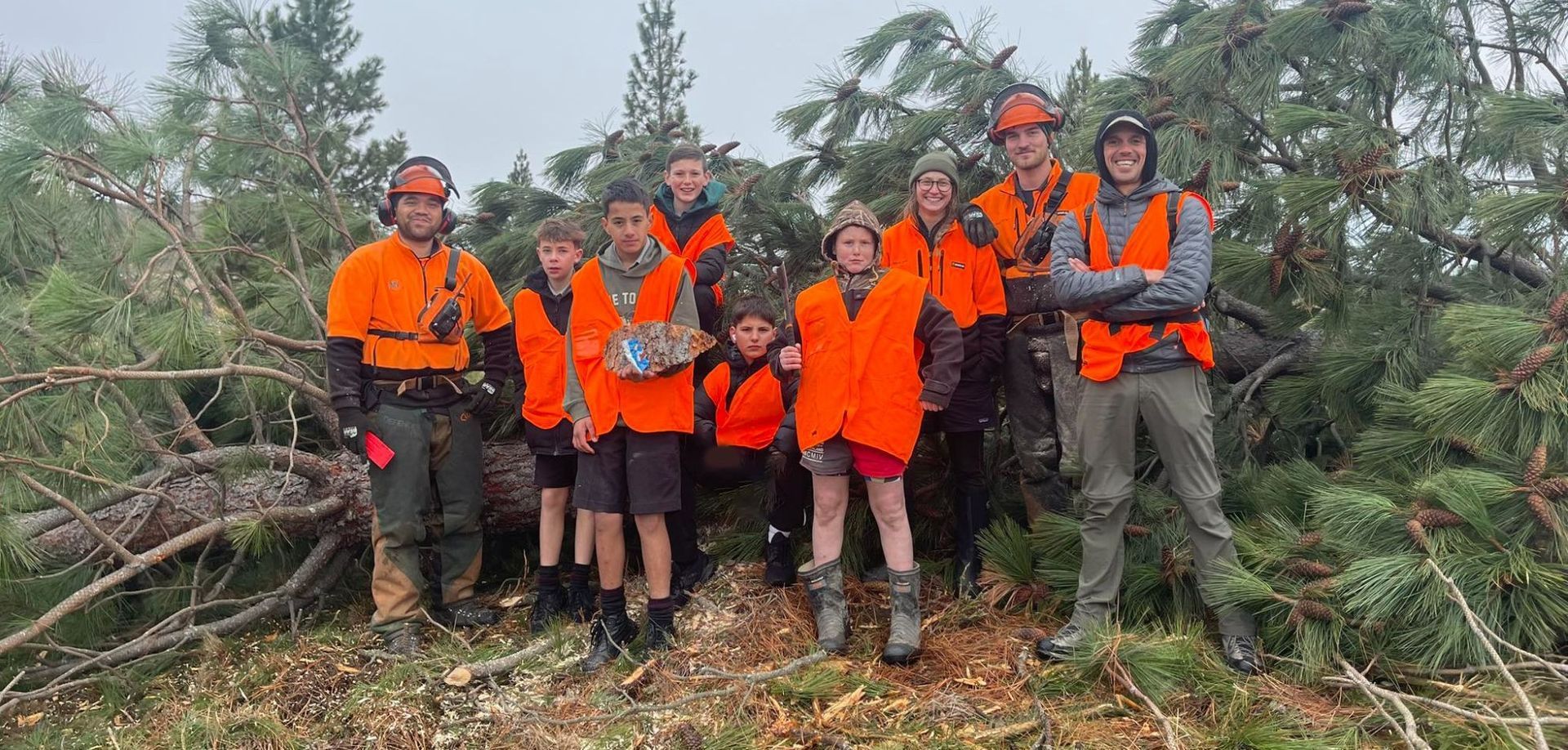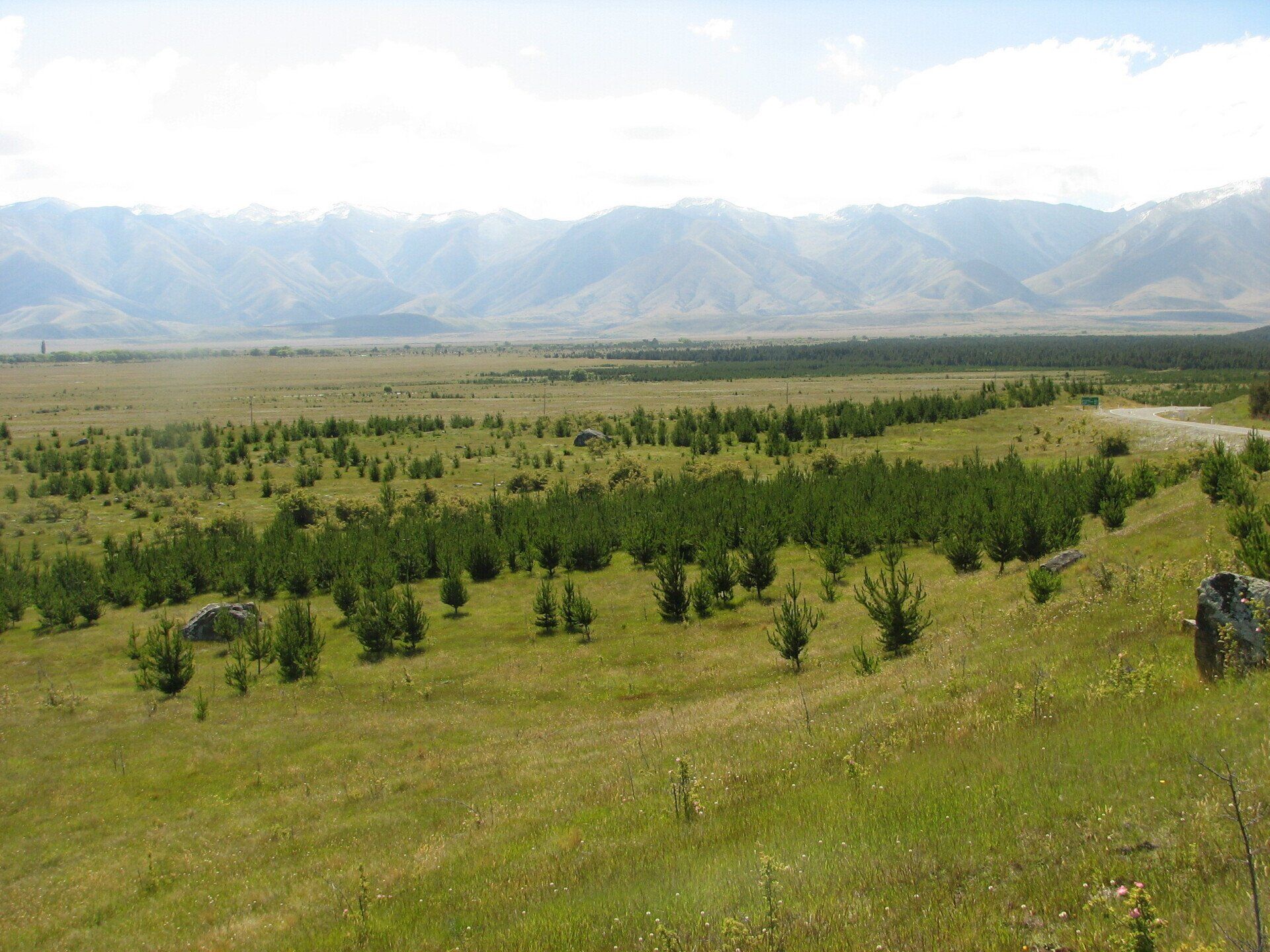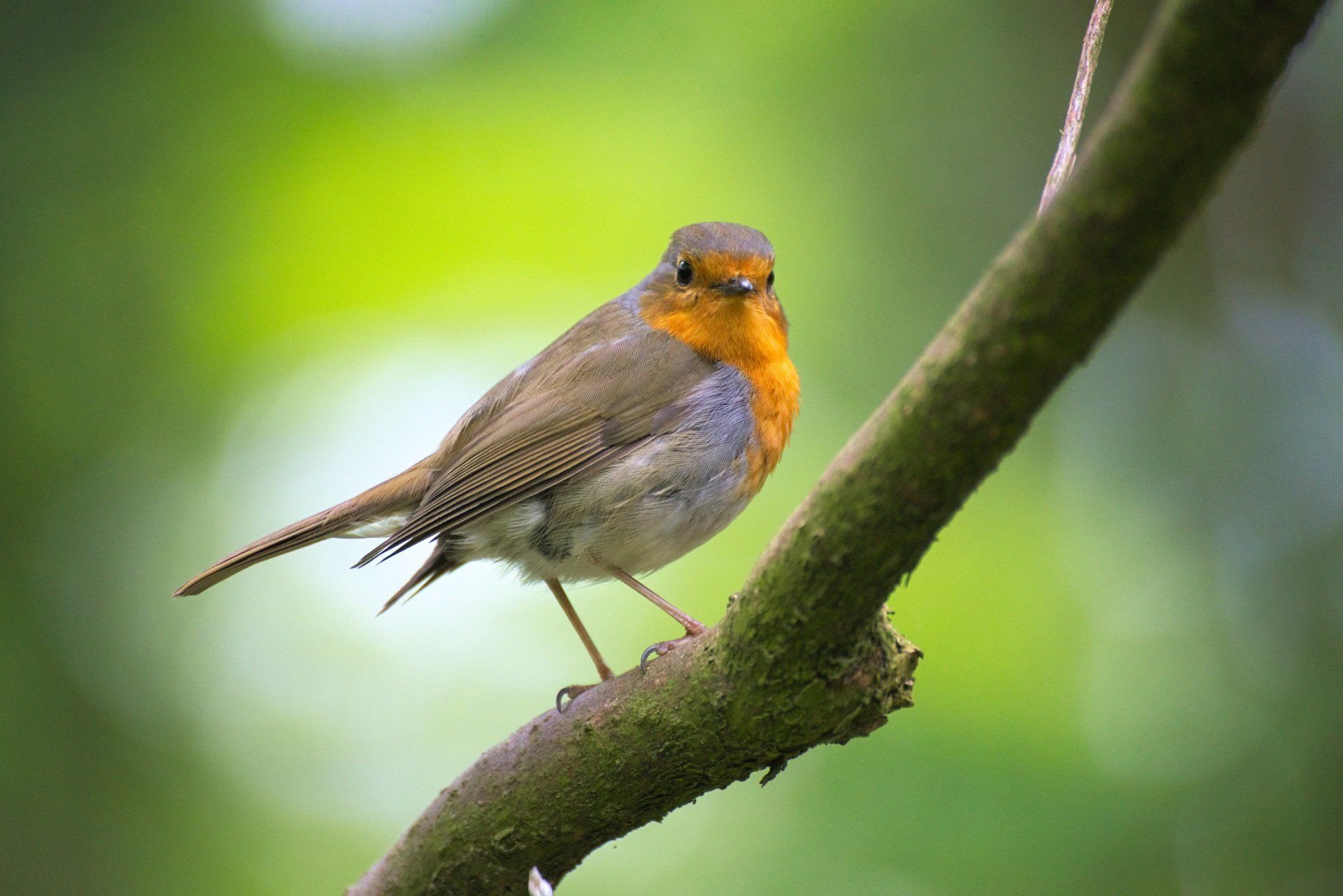Kea chicks boost Nelson Lakes kea population
Six kea chicks are believed to have successfully fledged in the Nelson Lakes area in the past month to boost the kea population.
It is an improved result on only one chick fledging there last breeding season.
As part of efforts to rebuild kea numbers in the Nelson Lakes area, work is carried out to find and monitor kea nests and protect them from predators with trapping through the breeding season.
Two kea nests, each with three chicks, were monitored on the St Arnaud Range this breeding season.
DOC Nelson Lakes Senior Biodiversity Ranger Melissa Griffin said the 100% survival of monitored kea chicks this breeding season was due to the team effort by the Kea Conservation Trust, DOC rangers, the Friends of Rotoiti and other volunteers.
“We’re thrilled to have had six kea chicks successfully fledge this year. Additional trapping of feral cats this breeding season has helped their survival.
“The Kea Conservation Trust raised funds for 20 live capture cage traps to catch feral cats to protect kea nests. Five feral cats and 14 possums were caught in 19 of these traps near a kea nest in the Rainbow Conservation Area between early September and early December. Cats are a major risk to nesting birds and one was captured just 500 metres from the nest.
“The nest was also protected with stoat and possum trapping. A possum was seen regularly visiting the nest on images captured by a motion sensor camera outside the nest. To prevent possum disturbance to the mother and her chicks, our ranger Ricki Mitchell, who does much of the kea nest work, put a possum trap close to the nest. Two possums were caught in quick succession and no more possum visits were recorded.
“The other monitored nest was in the Rotoiti Nature Recovery Project area in Nelson Lakes National Park and benefitted from its ongoing stoat and possum trapping. The area is also protected with live capture traps to catch cats.”
The live capture traps have a Celium remote sensor that sends a signal via satellite if an animal is caught in the trap. This avoids the need for daily checks for animals captured in the traps saving considerable time. Live capture traps are used to avoid killing weka and kea which can also get into the traps.
The last breeding season started with six kea chicks in two monitored kea nests also A stoat is thought to have predated three chicks in a monitored nest in the Raglan Range. Stoat numbers were still high following a 2019 beech mast (beech seeding) that caused increases in rat and stoat numbers. Two chicks died in the other nest, possibly also from predation, with the third surviving chick continuing to be monitored and thought to have successfully fledged. This was from the same nest in the Rainbow Conservation Area in which three chicks were produced this breeding season.
DOC staff named the surviving chick Mōrehu, meaning survivor in Māori. She has been seen in the Nelson Lakes area in recent months.
People are asked to
report sightings of banded kea and other kea to a database (external site) to help build a picture of kea numbers in areas and kea movements.

Mainland Vector
Latest news



